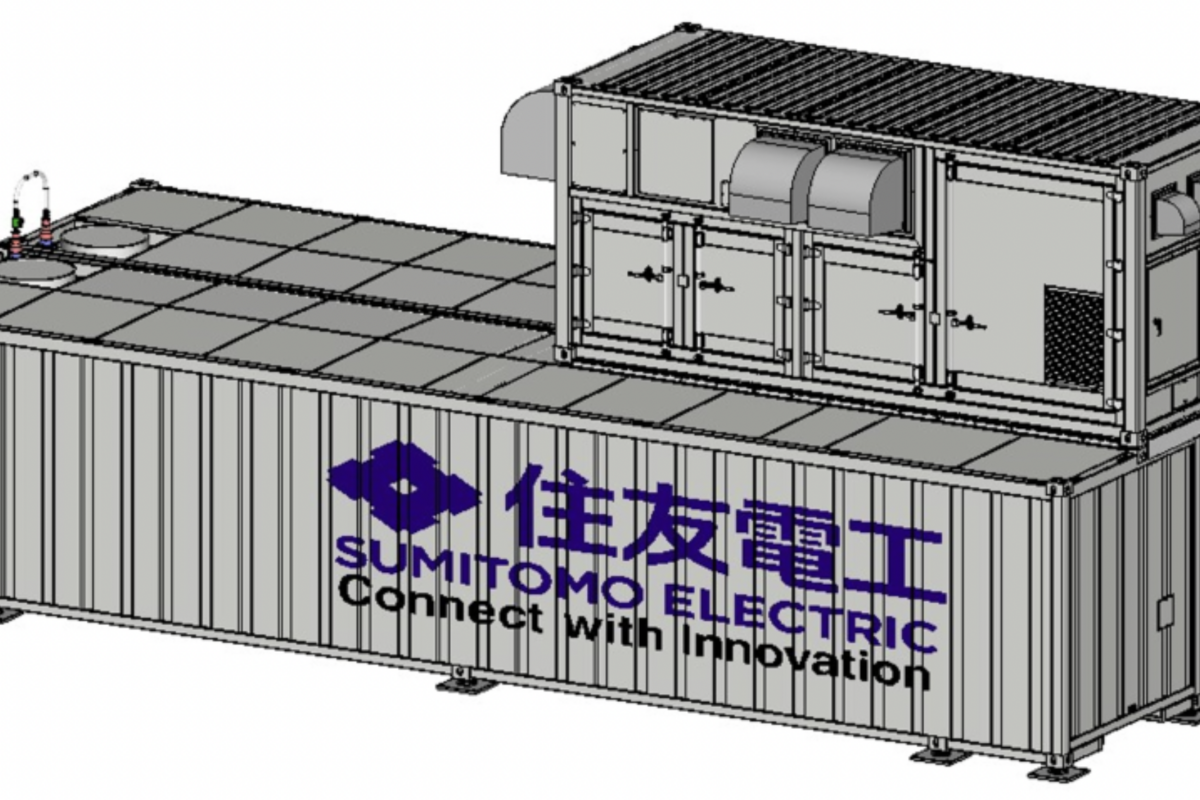A study of the future power grids of 22 African nations, published by the International Renewable Energy Agency (IRENA) has laid bare the lack of ambition spelled out by national governments in their pledges to meet the Paris climate change agreement.
IRENA, in its Planning and prospects for renewable power: Eastern and southern Africa report, examined energy commitments made by member nations of regional grid networks the Eastern African Power Pool and Southern African Power Pool stretching out to 2040, and also included South Sudan but excluded Libya.
The international thinktank identified numerous promising, grid-connected solar and onshore wind development regions in the nations considered, based on anticipated levelized cost of energy and vicinity to transmission infrastructure. The potential of those sites was combined with existing power development commitments to model a base case for future energy mixes in the two power pools. IRENA then modeled five alternative future scenarios, based on restricting the penetration of variable renewable energy (VRE) sources solar and wind; unlimited renewables adoption; planning to compensate for drought to reduce hydropower production; delayed hydro project construction; and freeing up more trans-border interconnector capacity.
Outcomes
In the high-VRE scenario, Zimbabwe could more than double the 1.51 GW of solar and wind capacity it has committed to installing this decade, to 3.4 GW; the 60 MW of facilities pledged in Zambia by 2030 could become 4.2 GW; and Ethiopia‘s commitment to plug in 6 GW of solar and wind this decade could be ramped up to 26 GW.
With its reference case predicting 132.4 GW of new solar in the 22 countries considered for the report, that figure could rise to 134.6 GW under the model which is planned to compensate for hydropower shortfalls – or fall to 68.6 GW if policies such as fossil fuel subsidies keep development more in line with the limited-VRE outcome.
The study, which caveats it is based on the assumption of rising coal, gas and oil costs and both favors VRE and underestimates the electricity firming capacity needed to support them by averaging out seasonal and daily solar and wind generation profiles, also spells out the extra costs of pursuing a regional push for renewables.
IRENA estimates its reference case scenario would require generation investment of US$562 billion as part of a US$2.03 trillion overall system cost. That generation investment figure rises to US$642 billion in the high variable renewables model and could fall to US$480 million if clean energy penetration was limited. In terms of overall system cost, the volume of renewables required to cover for drought-affected hydro power has the biggest cost, at US$2.09 trillion, while providing more interconnector capacity would be most cost-effective, at US$2.029 trillion.
Coal
The current plans laid out by the two regional power pools envision coal-fired power generation capacity rising from around 50 GW today through the addition of 107 GW of new plants by 2040. In that reference case, solar and wind would contribute 36% of the power mix but the figure could be as high as half of the generation facilities, according to IRENA, with the addition of hydropower ensuring renewables would comprise 63% of the power mix. The addition of renewables could see the scale of the coal fleet in the regions considered fall to 35 GW in 2040.
Of the most promising 24 solar and wind development regions identified by IRENA in the nations studied, three of the top four, including the most promising site, are PV-friendly areas of South Africa. The top location could host 5.83 GW of solar from 2028, according to the study, and numbers three and four on the list could feature 3.2 GW and 2.83 GW this decade, with the latter able to grow to 3.95 GW by 2040. Both of those two options already feature solar farms. The next 15 variable renewables zones, like the second, are listed for wind power potential but there are further solar locations in South Africa (up to 1.28 GW in 2030, starting from 2027), Tanzania (1.2 GW in 2030, rising to 3.09 GW), Ethiopia (1.18 GW in 2030, from 2027), and Sudan (1.08 GW in 2030, rising to 2.16 GW, and starting from 2026).
This content is protected by copyright and may not be reused. If you want to cooperate with us and would like to reuse some of our content, please contact: editors@pv-magazine.com.




The map says less than 1GW solar capacity for Egypt in 2030? The largest solar park, Benban, already contributes with more than 1.5GW.